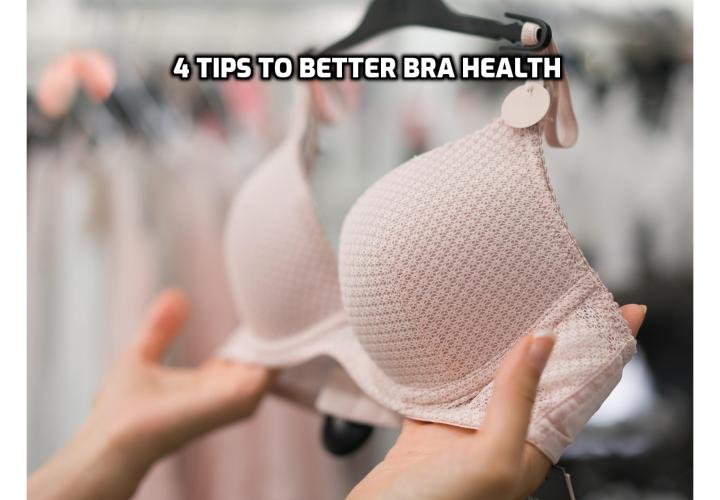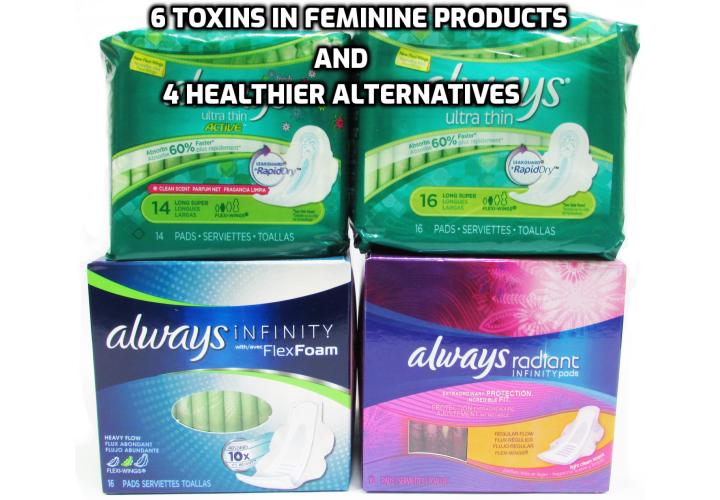Click HERE to Discover these 80 Keto-Friendly and Healthy Slow Cooker Recipes
While an estimated 90 percent of North American women wear a bra every day, have you ever wondered if they’re really necessary? And if so, does the type of bra you wear matter to your health?
Wearing a bra is said to help prevent sagging, improve posture, reduce back pain, and maintain healthy breast tissue. But according to history, bras were created for fashion, not function.
Wealthy women in the 14th century primarily wore corsets to help elevate, reveal, and enhance the appearance of their breasts. And as fashion evolved, so did bra-like garments.
While bras are still worn for aesthetic purposes (oh hey, bedazzled lingerie), they’re also said to be mandatory for maintaining and supporting a healthy bosom.
But some researchers suggest that wearing a bra isn’t all it’s cracked up to be. In fact, according to a study done in France (called the “marathon experiment”), the trusty brassiere could be a false necessity: It does more harm than good.
Let’s take a look at the pros and cons of wearing a bra, and whether or not your bra health is working in your favor.
The Cons of Wearing a Bra: Should You Be Going Braless?
The marathon experiment was conducted by Jean-Denis Rouillon, a sports-science expert. It claims that bras provide no benefits for women—when it comes to preventing back pain, improving posture, or maintaining shape.
The 15-year study included 300 women and claimed that those who went braless actually gained a 7-millimeter lift in their nipples—compared to women who wore bras regularly.
These findings refute everything we’ve been told about bras. Has gravity been our friend, not our foe?
This study has been cited in online publications, cautioning women about the dangers of wearing a bra. However, it should be noted that the study is missing crucial information.
For example, the study fails to mention the ages of the 300 women, how often they went braless, and how often they were measured. We’re also uncertain if these women went braless for the entire duration of the study, or for just a few years.
The lack of information in this study makes the so-called dangers of wearing a bra rather vague. Additionally, there’s no record of this study ever being published online—only an article that recapped a radio interview with Jean-Denis Rouillon.
Bras have also come under fire for being linked to breast cancer. Although there’s also limited research to back up this claim, it’s suggested that ill-fitting or tight bras can impair lymphatic drainage, which can prevent your body from excreting carcinogenic toxins.
The other cons of wearing a bra may include restricted breathing; annoying indentations on your skin, neck, and shoulder pain from tight straps; and the feeling of being trapped in a wiry, padded penitentiary; which you can’t wait to break free from at the end of the night.
The Benefits of Wearing a Bra
While the so-called damaging—or at the very least, non-beneficial—effects of bras are emerging, there’s still a lack of evidence that wearing a bra is guaranteed to damage your lady lumps.
As long as they’re properly fitted, bras can still prevent discomfort from movement (i.e., bouncing) and back pain, especially in bustier women. Some women even find that wearing a bra is more comfortable than going braless.
So if wearing a bra helps you feel supported and gives you the lift and look you desire, the choice is yours: Wear a bra, or don’t. Luckily, there are ways you can promote better breast health when choosing a bra:
4 Tips for Better Bra Health
1. Get Measured
What’s the best kind of bra to wear? One that fits you perfectly.
Since it’s estimated that over 80% of women wear the wrong bra size, it’s no wonder we breathe a sigh of relief when we let the gals loose at the end of the night. And as mentioned above, there are potential health risks to wearing a poorly fitted bra, which may include breast-tissue damage. About 80% of women wear the wrong bra size.
Since your body naturally changes as you age, your bra size can also fluctuate. For this reason, it’s important to get measured each year—or any time your bra feels like a nuisance.
2. Choose the Right Bra Style for Your Cup Size
Between soft cups, sports bras, wireless, bandeaus, full cups, and push-ups, choosing a bra can be difficult. But the best bra style for you will depend mostly on your cup size.
Lingerie experts recommend bras with minimal support for a smaller bust, such as bandeaus or wireless bras. That’s because additional underwiring and padding may be uncomfortable, dig into your skin, and look bumpy under clothing.
Larger busts can benefit from the extra coverage of full- cup bras, which keep breasts in place and prevent wardrobe malfunctions.
The best way to find out which bra styles are right for your bust is by consulting with a bra-fitting specialist at a lingerie store.
3. Avoid Wearing a Bra to Bed
Does wearing a bra to bed really prevent sagging?
While some women swear that wearing a bra to bed maintains shape, it may also promote swelling, cause a buildup of fluid, and prevent natural detoxification—by restricting blood flow and lymphatic drainage.
Don’t wear a bra to bed. It prevents natural detoxification by restricting blood flow.
Since there’s no proof that bedtime brassiere-wearing can save you from the droop, it’s best to err on the side of caution: Avoid the potential health risks of wearing a bra to bed.
4. Go for Comfort Over Couture
Lace, jewels, pearls, push-ups and pastels: While there’s no harm in occasionally swapping your regular intimates for seductive lingerie, it’s important to ensure that you prioritize sensibility over chicness (with the bras you wear regularly). Even if it’s not the sexiest-looking garment, a properly fitted, comfortable bra can be life-changing when it comes to feeling cozy and relaxed every day.
Watch this video – 5 Bras to Stay Away From and 9 That Are Safe
Written by Brandi Black
Author Bio:
Brandi Black is a Registered Holistic Nutritionist and the creator of Feel Best Naked, a health blog for women who want to clear up their skin, lose the muffin top and make the bloat disappear. After years of experiencing (and then healing) her own unbalanced hormones, she’s now obsessed with helping other women feel spectacular in their own skin with natural remedies for hormone balance.
A lot of people have gotten results from the Keto diet, and enjoyed the foods that it has to offer. However, many of the people who are following this diet have a hard time finding the recipes that they need, especially ones that are quick and easy to complete.
Fortunately, Kelsey Ale, noticed this problem, and decided to do something about it. She’s found that making recipes in a slow cooker gives you meals which are not only delicious, but also take very little time to make. Mostly you just put a few simple ingredients in the slow cooker, and let it do the rest.
To find out more, click on – Keto Slow Cooker Cookbook





